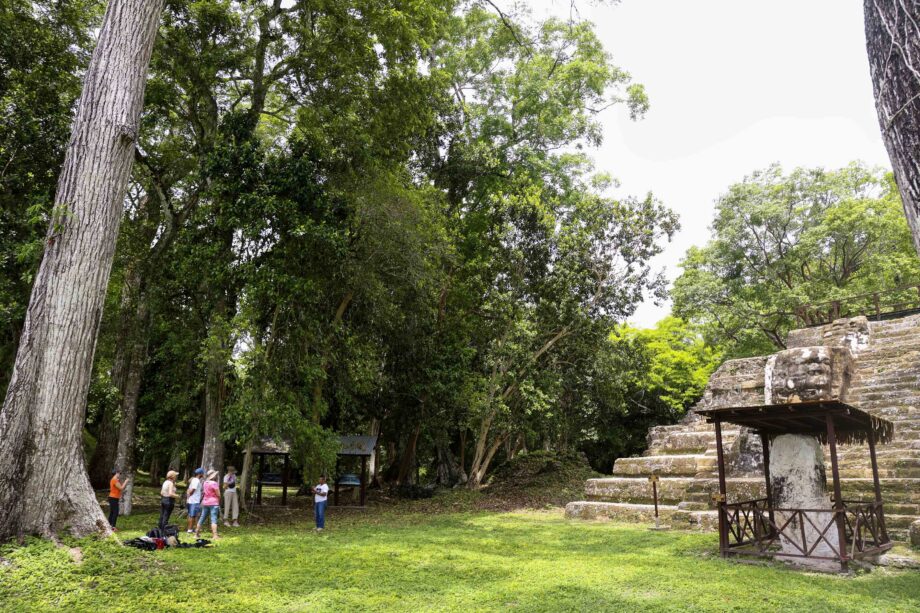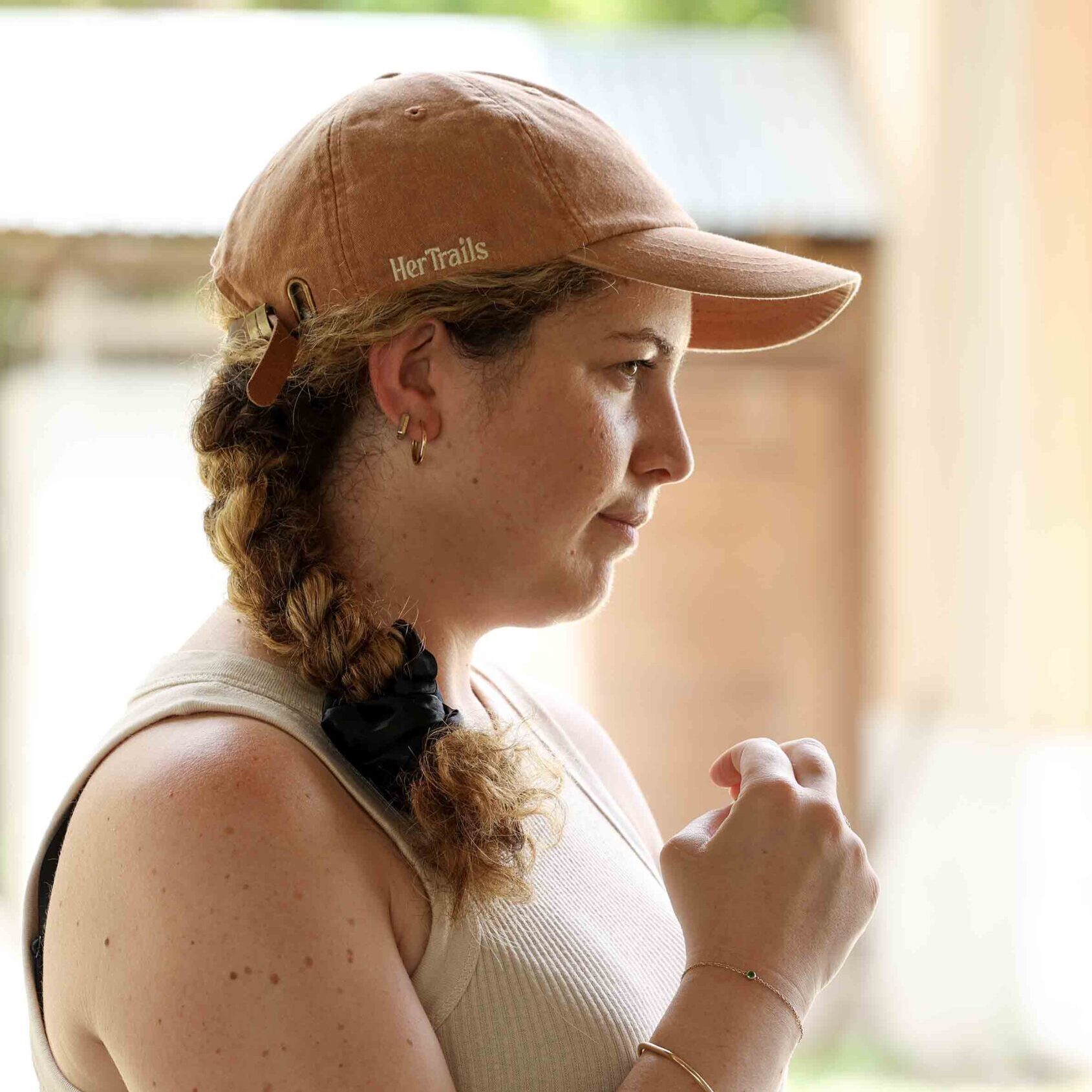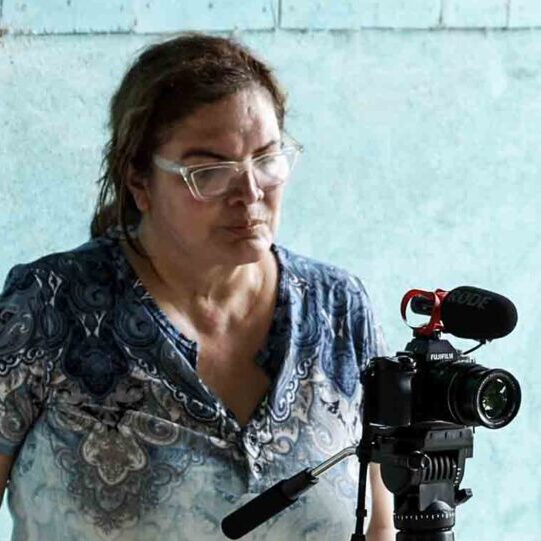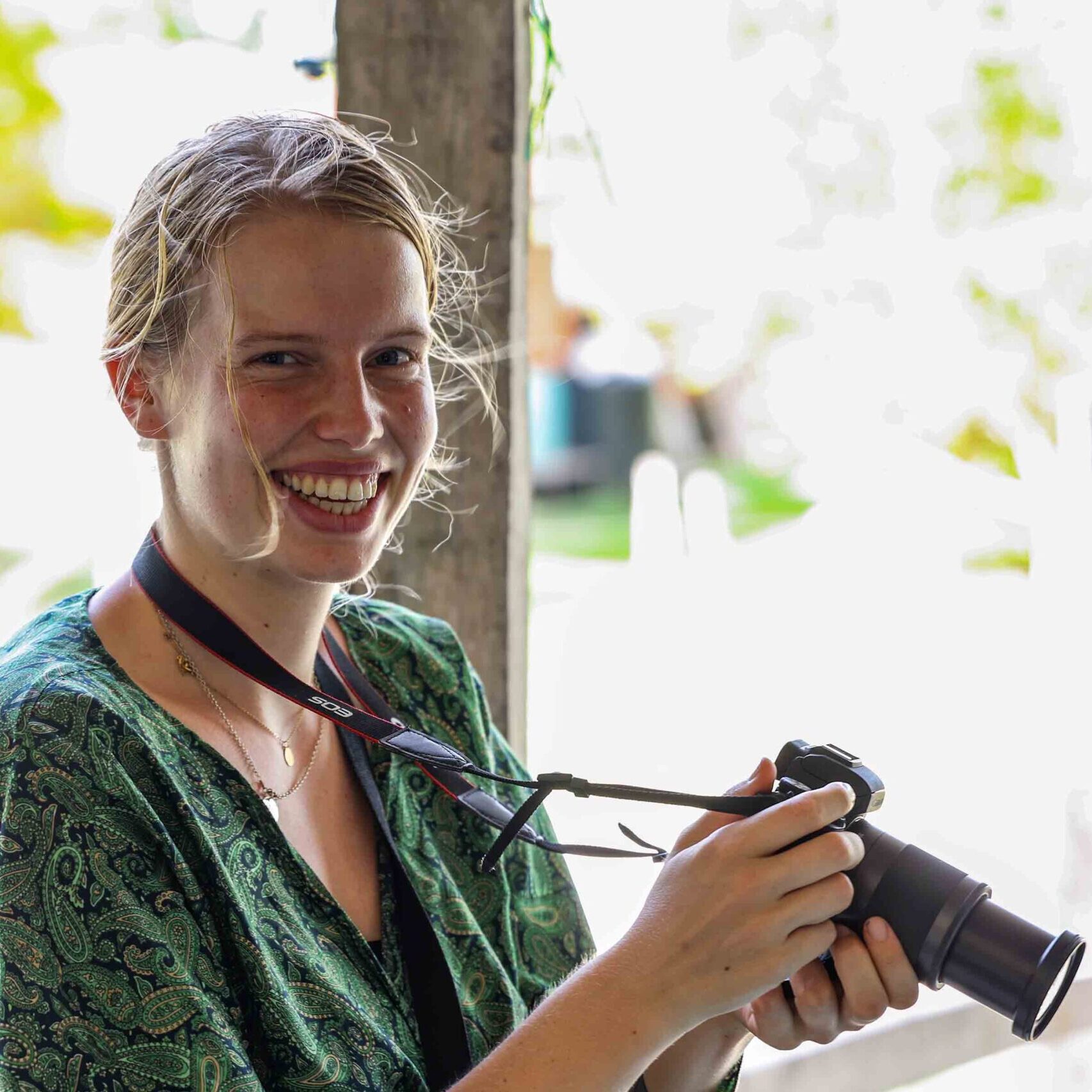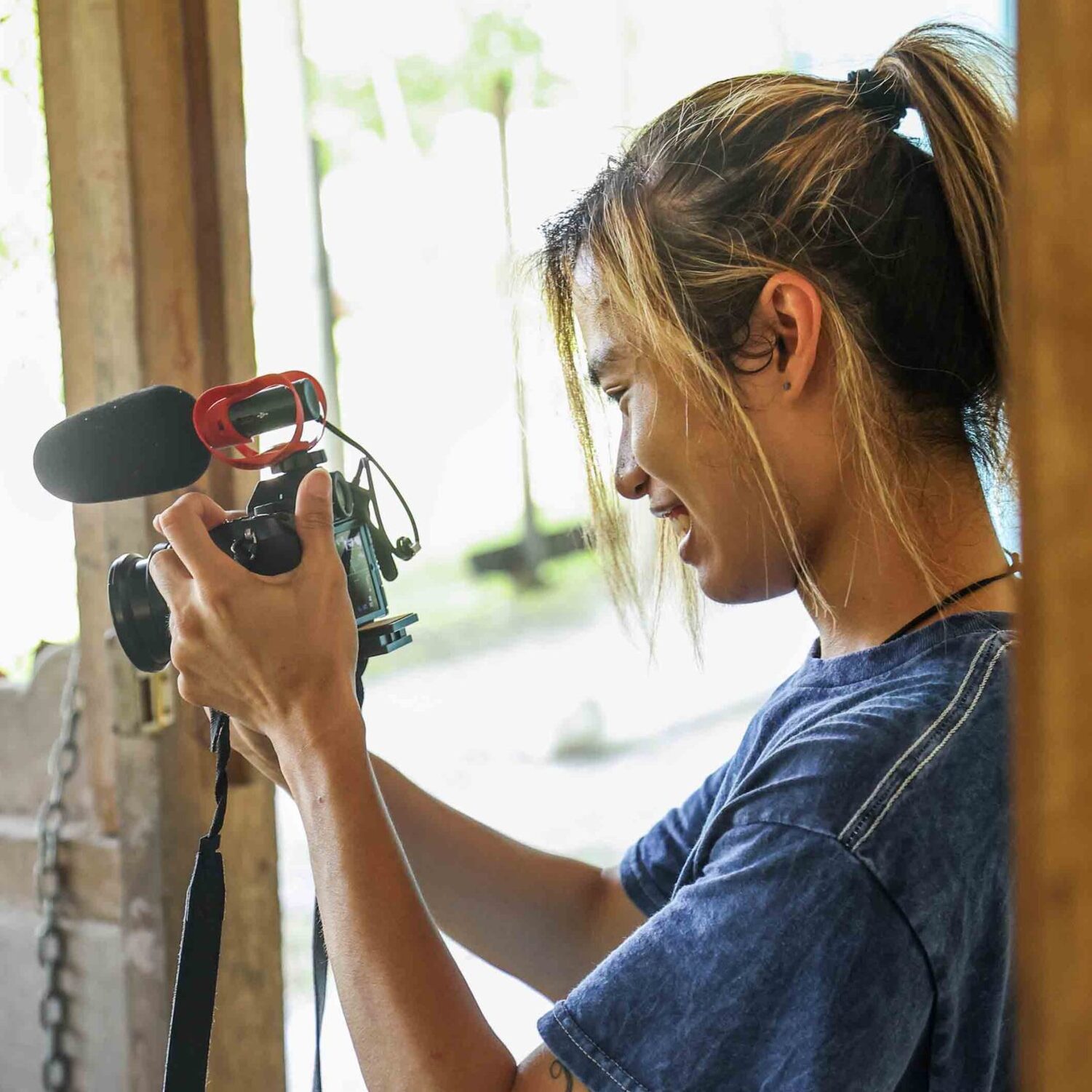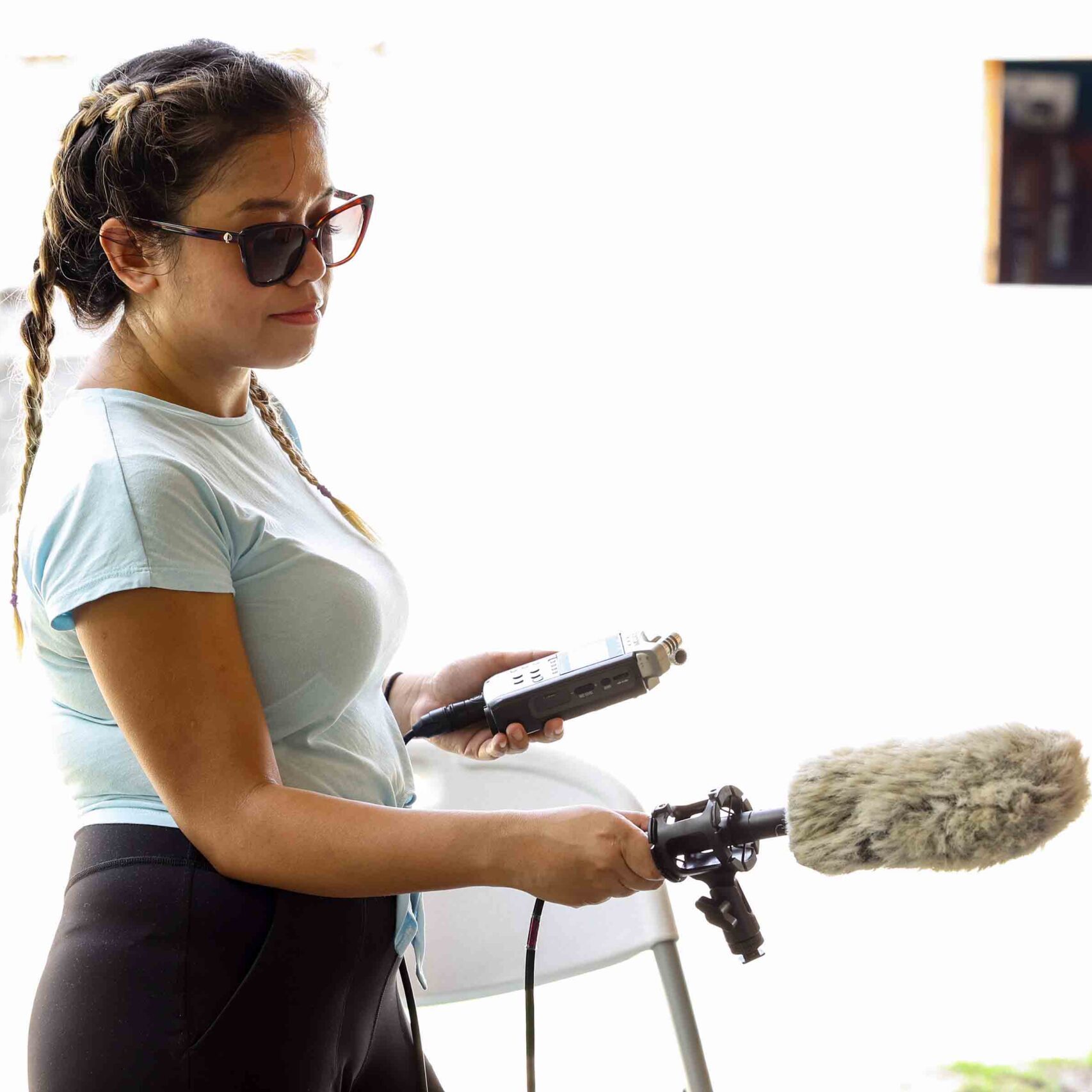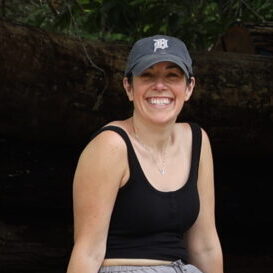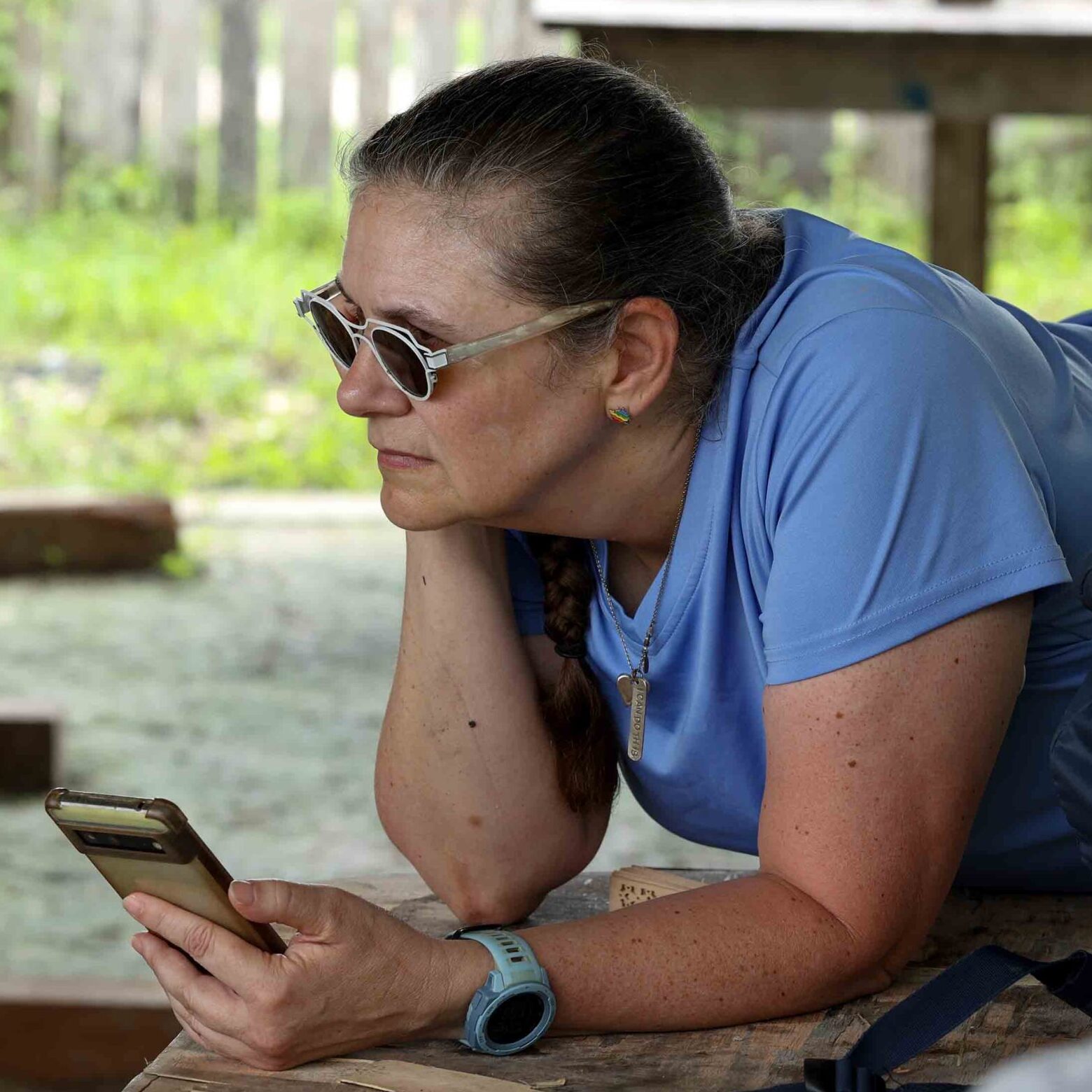Storytelling Expedition to Guatemala (2024)
Wrap Report
In June 2024, a group of photographers, filmmakers, and storytellers embarked on a Storytelling Expedition with Actuality Abroad in Guatemala. Their mission: to document the vital community projects and cultural traditions of the people of Uaxactún, a village nestled deep in the Guatemalan rainforest. Over the course of the expedition, the group immersed themselves in local life, documenting footage and conducting interviews to create short documentaries that would share these powerful stories with the world.
LOCATION
The Maya Biosphere Reserve covers nearly one-fifth of Guatemala’s land, established in 1990 to protect and restore the area’s ecosystems after a long history of natural resource exploitation.
The region’s most famous attraction is the world-renowned archaeological site of Tikal, where ancient Maya structures still rise above the treetops, offering panoramic views of the endless rainforest.
Just 20 kilometers deeper into the jungle lies Uaxactún, an even older Maya site known for its remarkably accurate calendars and, unfortunately, ruins damaged by Western treasure hunters in search of gold. The forests surrounding Uaxactún were heavily impacted by the logging industry, but the modern-day village, also named Uaxactún, has found new life. Situated around a soccer field that was once an airstrip built by the Wrigley Company for exporting natural rubber gum, the village has a unique history.
Today, the Guatemalan government has granted Uaxactún the right to manage its natural resources. For the past 20 years, the village has successfully practiced a blend of traditional, sustainable methods, revitalizing the surrounding jungle while generating income for the community.
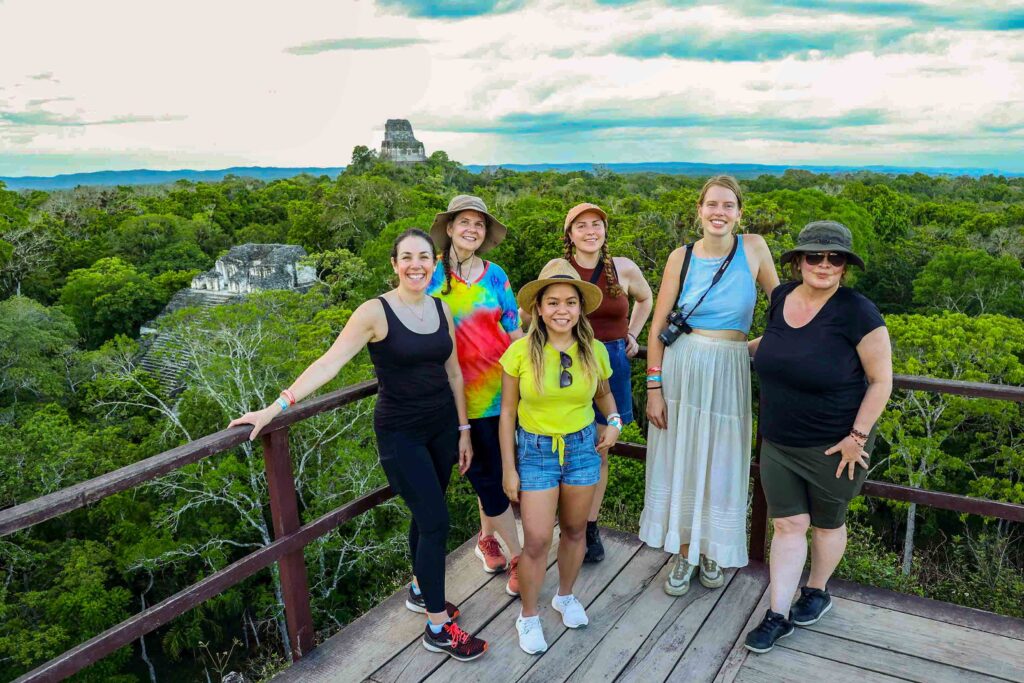
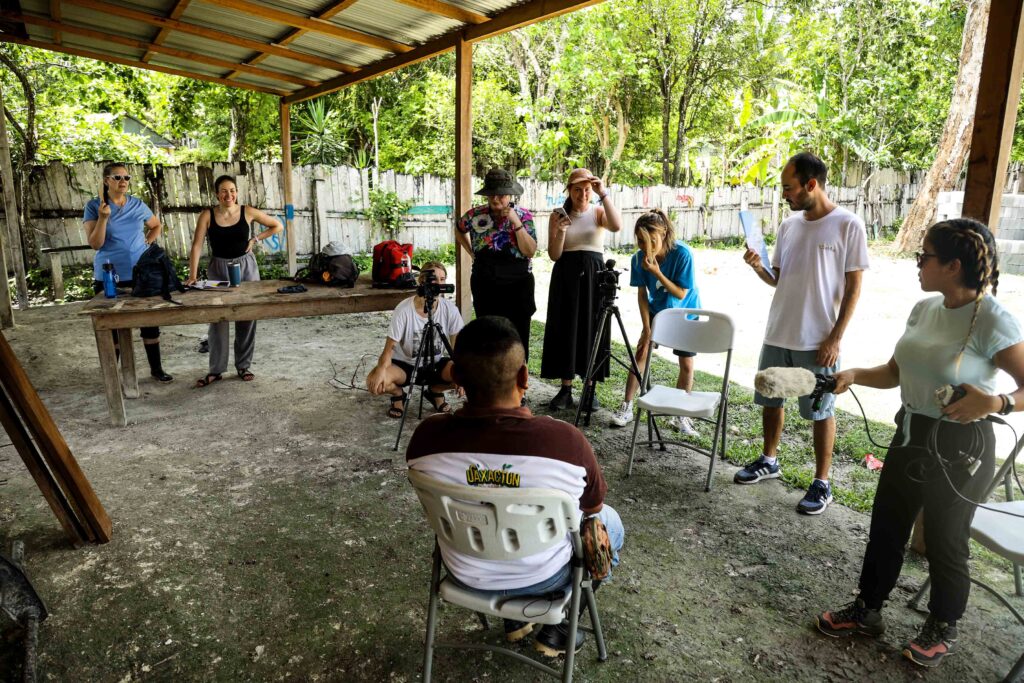
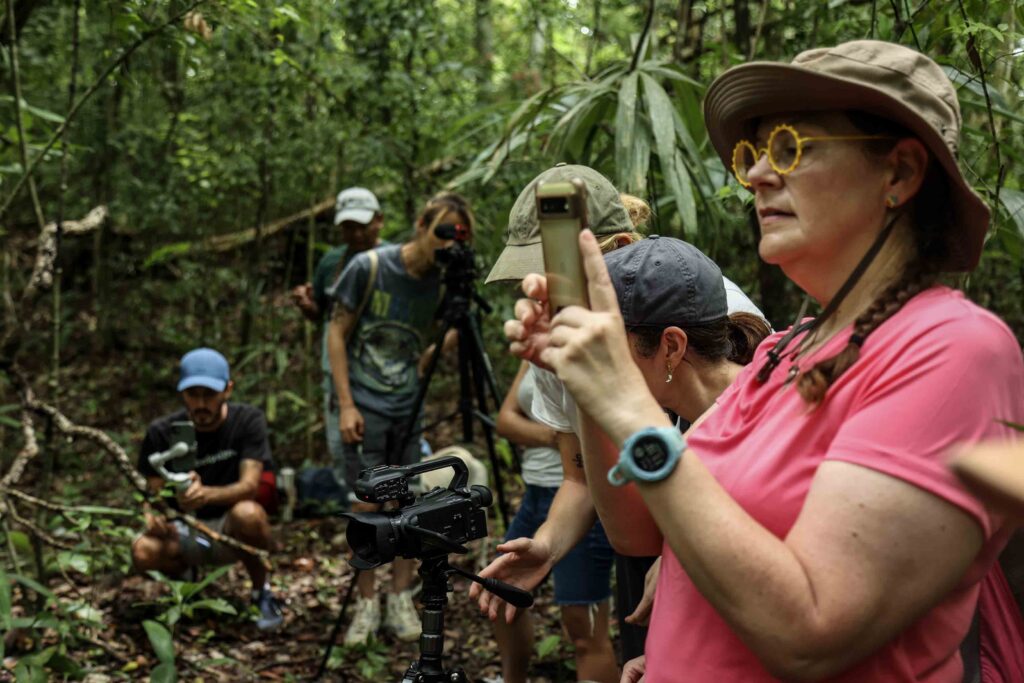
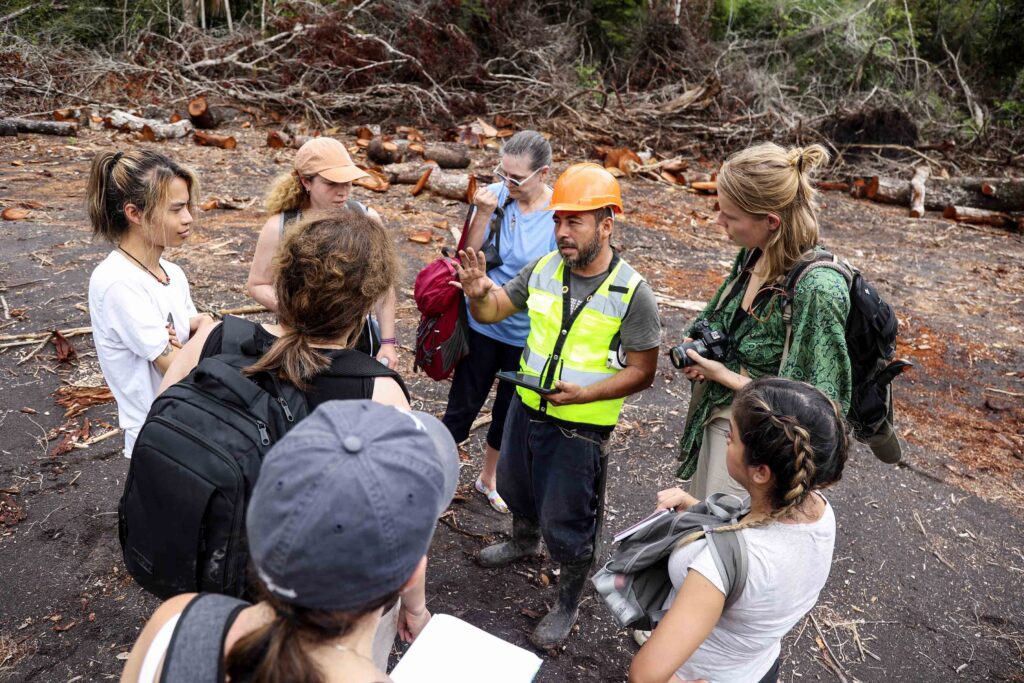
STORYTELLING PROJECTS
We arrived eager to collaborate with the Maya leaders of Uaxactún on several impact-driven storytelling projects focused on their sustainable practices. However, we knew that the specific stories would only come into focus once we connected with the community.
After sitting down with our local collaborators, we were able to build a strong connection and identify the most meaningful stories to move forward with.
Since the story of Uaxactún is deeply intertwined with the rainforest, we began by discussing the mutual relationship between the village and their part of the forest—what the rainforest provides to the community and how the village, in turn, nurtures the land. From these conversations and our observations of village life, our crew decided to focus on three key sustainable business ventures that exemplify the community’s approach to stewardship and sustainability.
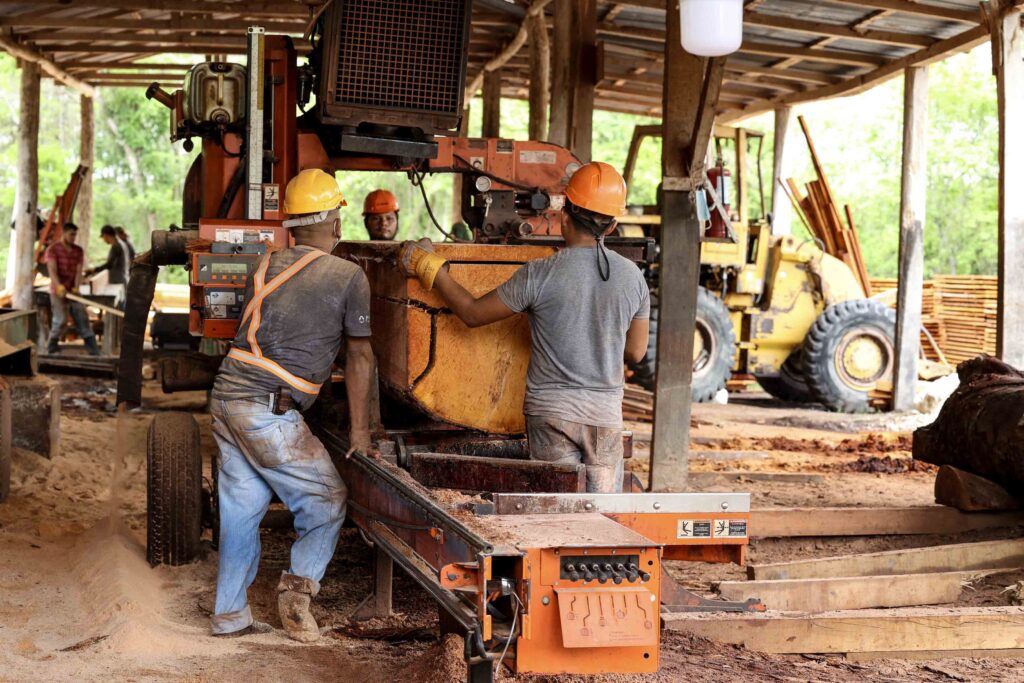
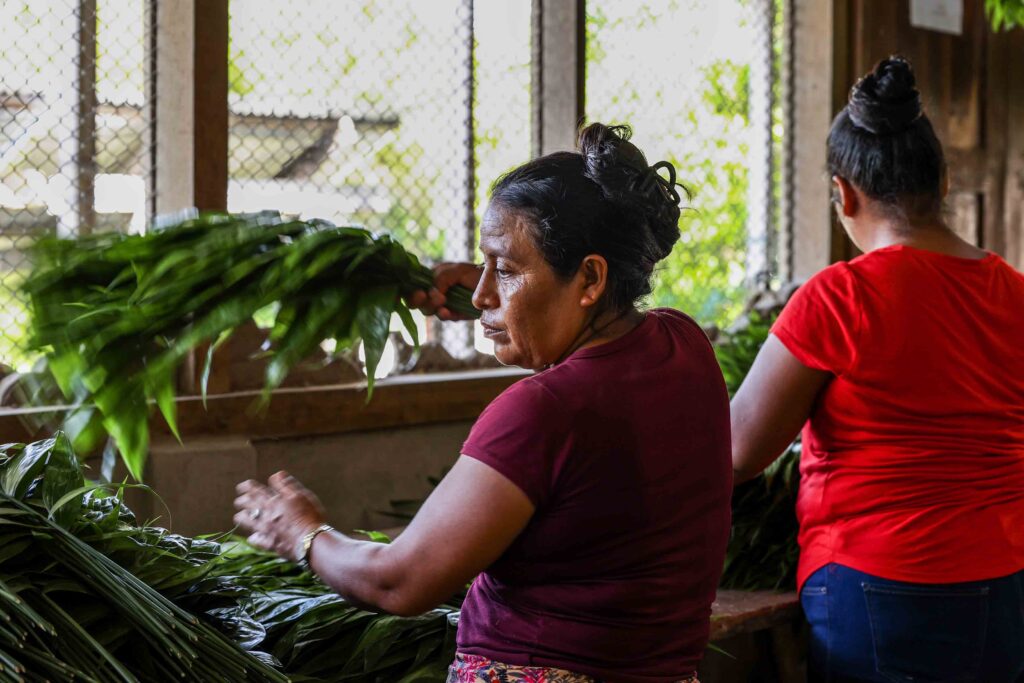
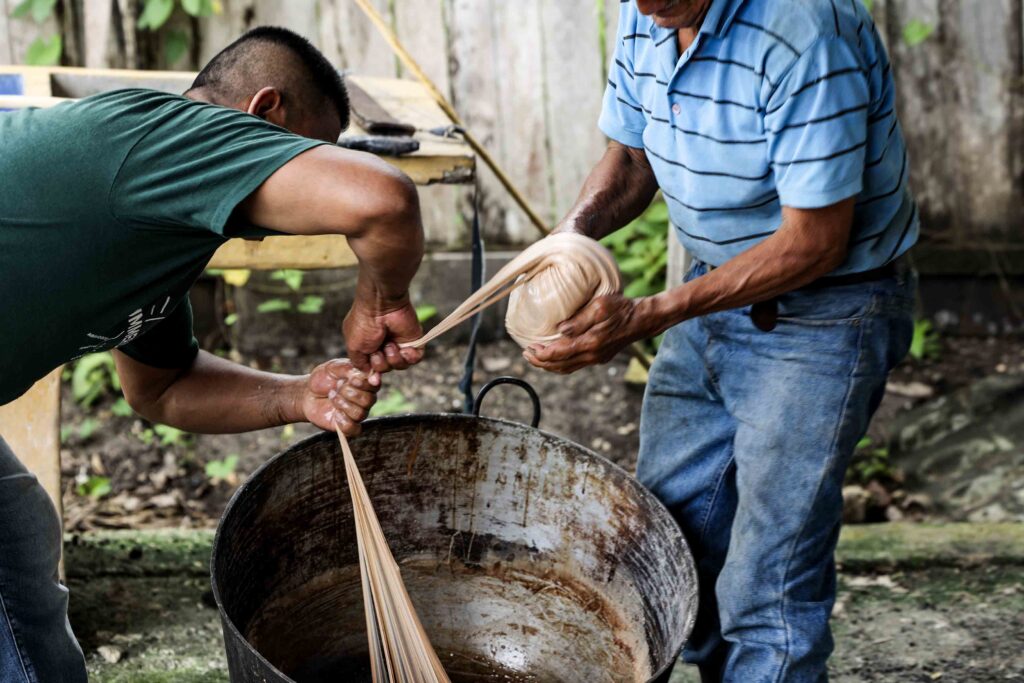
It quickly became clear that the people of Uaxactún are deeply skilled in sustainable living and forest management. Their logging practices have no negative impact on the local forest, and they sustainably harvest Xate, a decorative plant commonly used in North American flower arrangements. Even more impressive, the traditional method of tapping sap from rubber trees—originally what brought the Wrigley Company to the area and established the village—continues to this day.
By the end of our week of research and filming, the crew identified a fourth story. They realized that the community’s ability to blend these sustainable practices into a cohesive model of village life in the jungle deserved to be told as a story on its own.
PREPARATIONS
Our Expedition crew came together from various places, bringing open minds and a shared curiosity to learn from the people of Uaxactún and share their stories with the world. While some crew members were experienced in storytelling, others were eager to develop the skills needed to create impactful films during the journey.
Upon arriving in Guatemala, the group gathered in Antigua, a vibrant city beloved by travelers. Our Actuality Field Guide’ helped them through the essentials—helping with currency exchanges and last-minute shopping for items that would be hard to find in the remote jungle. The team then participated in several short workshops, designed to prepare them for their time in Uaxactún, focusing on connecting with the community and researching potential stories.
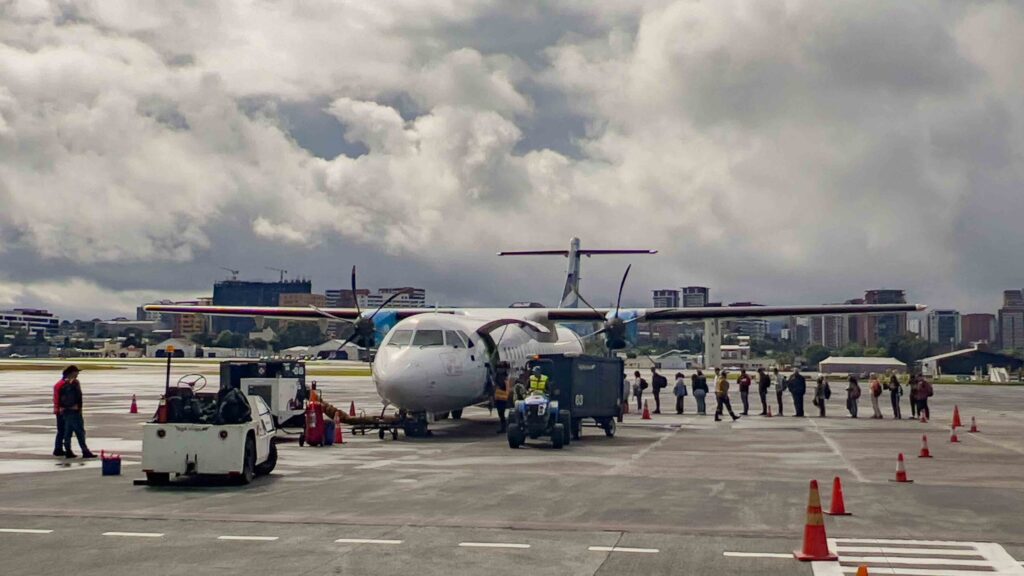
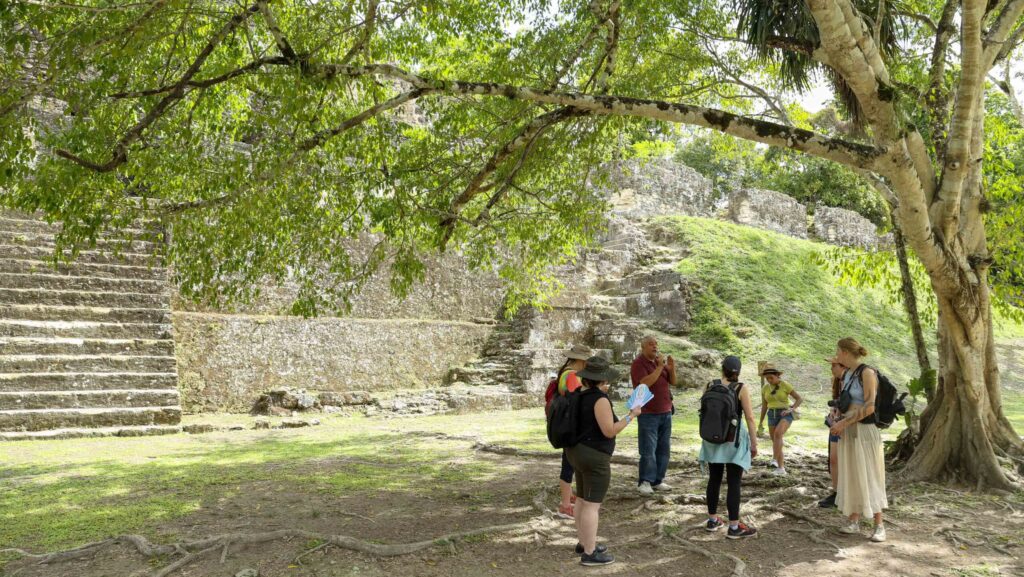
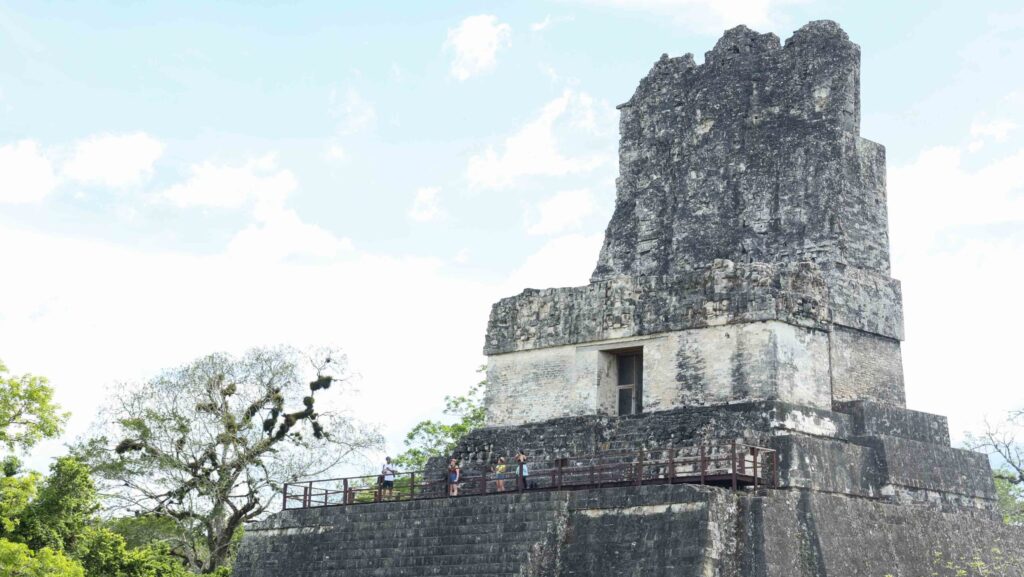
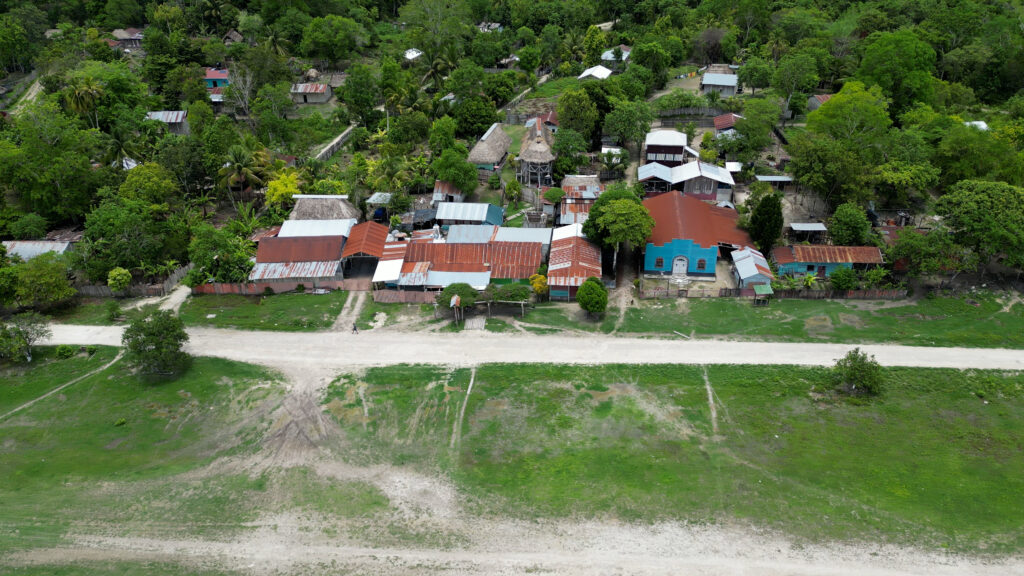
That evening, the crew welcomed Pablo, their expedition leader from Etnica Travel, for a wonderful dinner where they shared personal stories about their work, travels, and hopes for the Expedition. This dinner set the tone for a strong bond among the team.
The next morning, the crew set off early for the jungle. After a series of car rides and a flight, they arrived at their base in El Remate, a small city on the edge of the Maya Biosphere. They quickly settled in, participating in additional workshops on story planning and the importance of visual storytelling through scenes. Energized and inspired, the group then set out for a guided tour of the magnificent Tikal ruins.
IMMERSION
Uaxactún is a small village, and during their visit, the crew often found themselves retracing familiar paths, working on different projects in the same locations, and speaking with many of the same community members who were involved in multiple initiatives.
Given this close-knit setting, it’s difficult to organize the experience strictly by project, and breaking it down day by day would feel repetitive.
Each morning after breakfast, the crew piled into their van for the long, winding drive into the rainforest, heading over an hour from our base to reach Uaxactún. As the road stretched on, the dense jungle seemed to close in on all sides, deepening the sense of isolation. Finally, the landscape opened up at the village, marked by the old Wrigley airstrip, now a clearing in the heart of the rainforest.
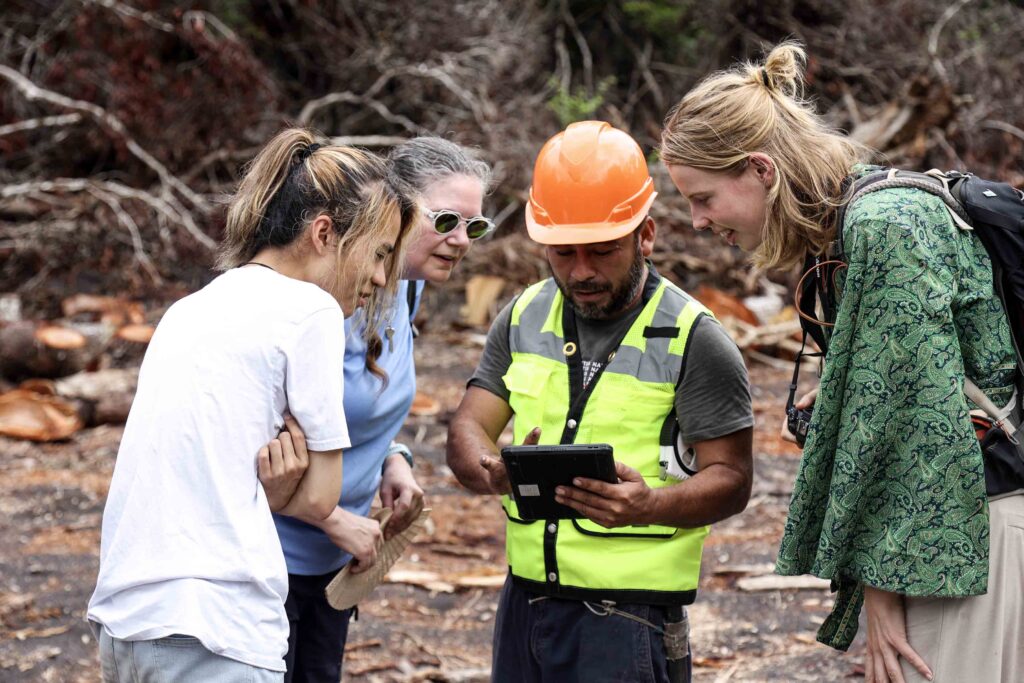
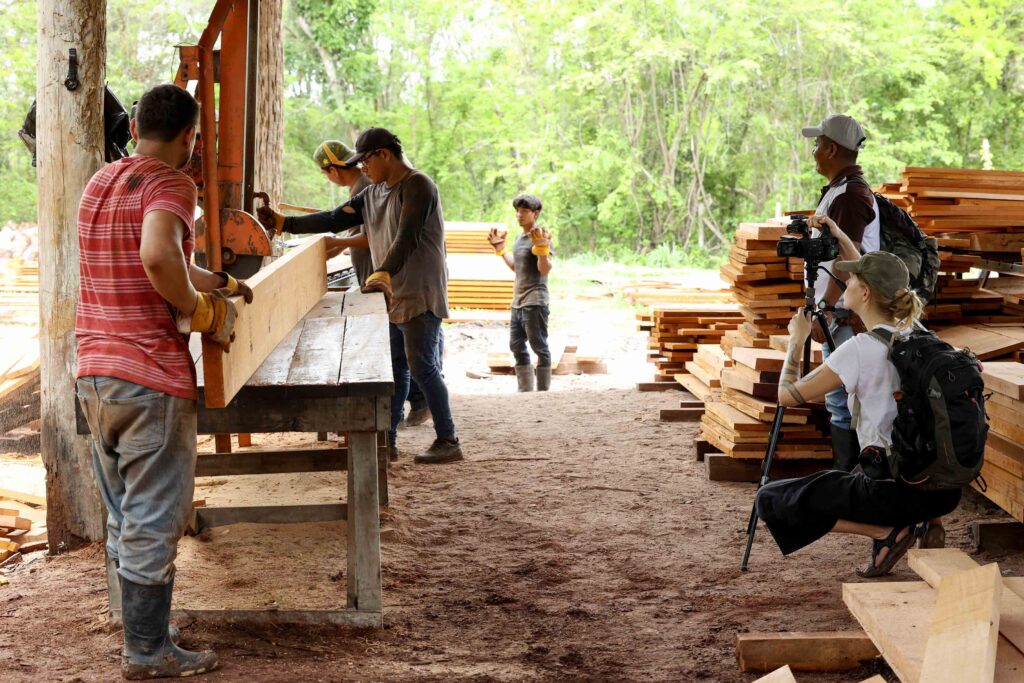
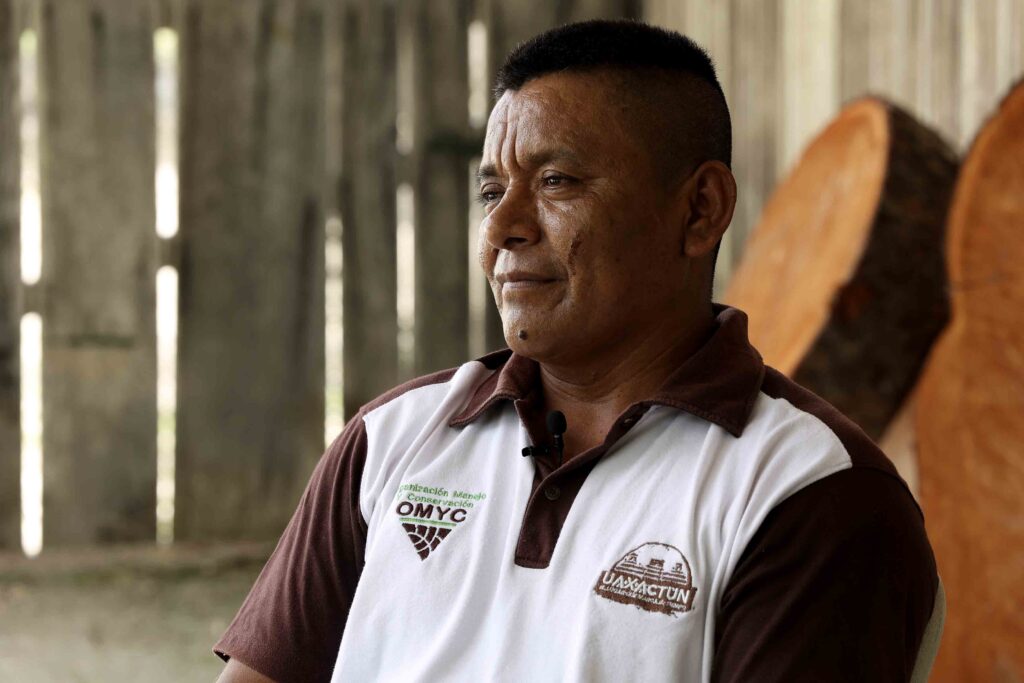
Each morning, the crew set off to a new production site to conduct research. One day it was the main field where the loggers worked deep in the jungle beyond the village, another day it was the lumberyard at the town’s edge. They followed a Xate picker through the forest until his pack overflowed with green leaves, and they shielded their heads as small chunks of tree bark rained down while Don Emilio skillfully scaled a rubber tree, carving a zig-zag pattern into the bark for the sap to flow into his waiting pouch.
Every day, the crew stopped for lunch at one of the village’s three small restaurants. These restaurants open only when visitors arrive, with one operating at a time due to the limited demand. Though simple in appearance, the meals were expertly prepared by cooks known throughout the region for their skill in traditional Maya cuisine. Over lunch, the crew would reflect on the morning’s research, plan the afternoon’s filming, and exchange ideas with their local collaborators. Meanwhile, two entrepreneurial village children set up a souvenir table outside, hoping to catch the attention of the crew as they wrapped up their meals.
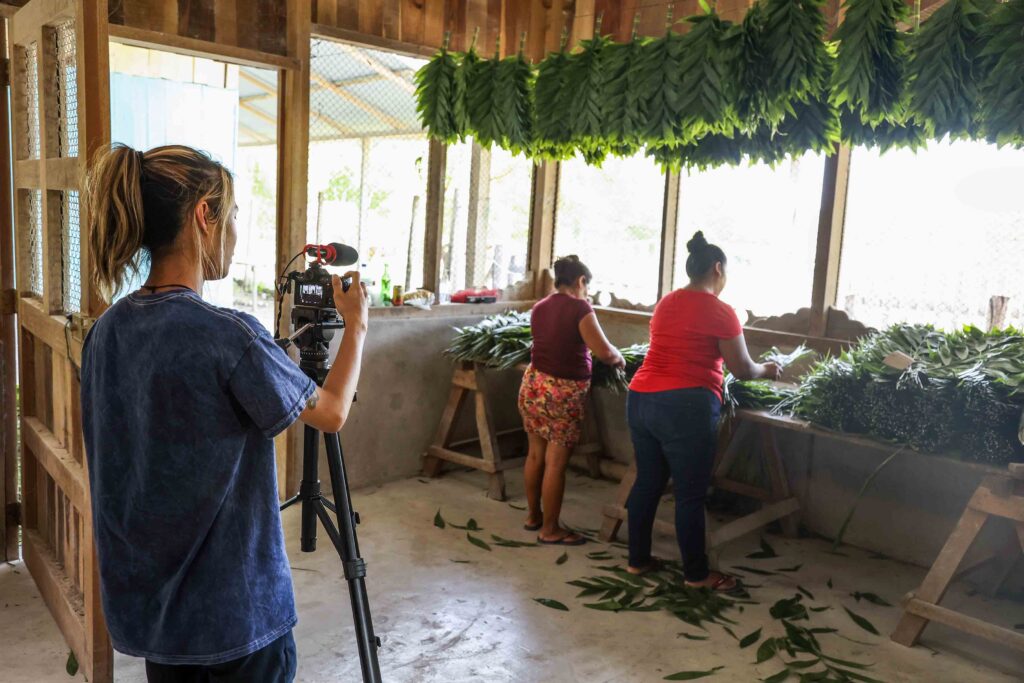
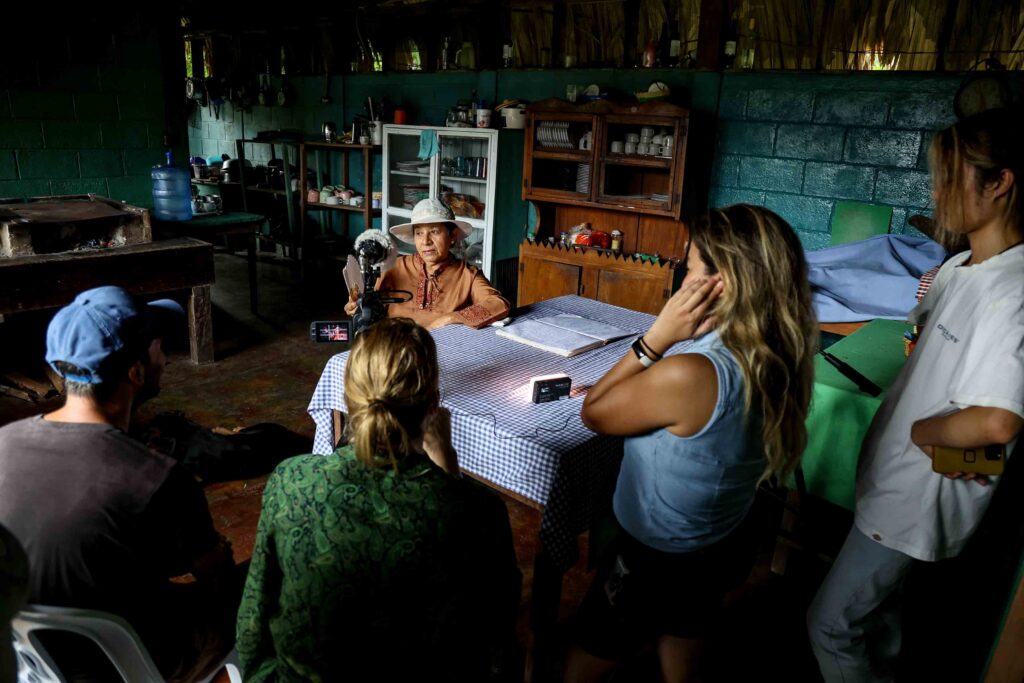
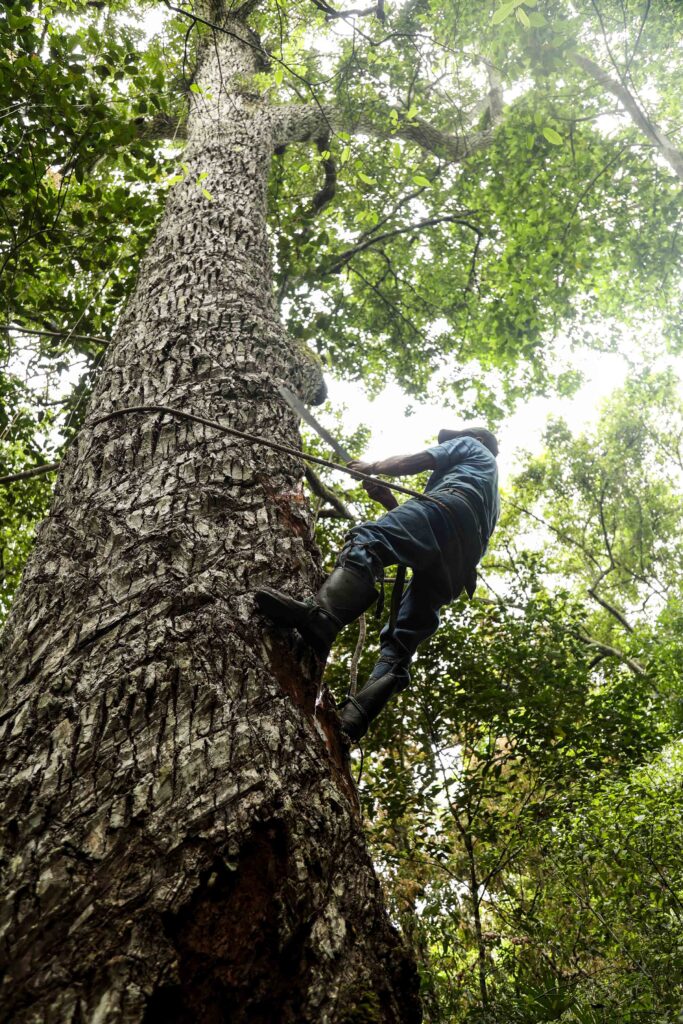
In the afternoons, the crew split into two teams. Some focused on recording interviews with key figures in the community, while others explored the village, gathering footage to showcase Uaxactún as a vibrant place where sustainable practices are deeply rooted. Between filming, the crew took time to meet with local leaders, gaining deeper insight into the community’s work. They also visited the Uaxactún archaeological site to learn more about the village’s rich history and culture.
Each day, the crew pushed themselves to get their work done—battling heat and fatigue, yet driven by the stories and inspiration of the people they were documenting. By the time they left the village in the evening, they collapsed into their seats in the van, ready for a cold drink and a much-needed break on the journey back to base.
CRAFTING STORIES
The full weight of the crew’s work hit them on the final day of production. Returning to the Maya temples of Uaxactún, they filmed one last interview with Don Erwin, their main local collaborator. Afterward, the crew and locals gathered for a final lunch, followed by heartfelt goodbyes. In their short time in the village, the Expedition crew had formed strong bonds with the community.
That afternoon, the crew took a well-earned break, cooling off in the waters of Lake Petén Itzá at the edge of El Remate. They watched a stunning sunset from the shore and traded fresh memories of the production over dinner before heading back to base to review the week’s footage.
The next morning, the crew gathered for one final workshop—this time focused on post-production planning. Together, they crafted ‘Paper Cuts’, arranging notecards that highlighted key visuals and soundbites for each story. With these roadmaps in hand, they wrote summaries for each film, ensuring any editor would have a clear guide for cutting the documentaries.
For their last night, the crew enjoyed one final dinner, filled with drinks, karaoke, and plenty of laughter. Promises were made to stay in touch, agreements were set for the editing process, and everyone prepared for their return to the outside world.
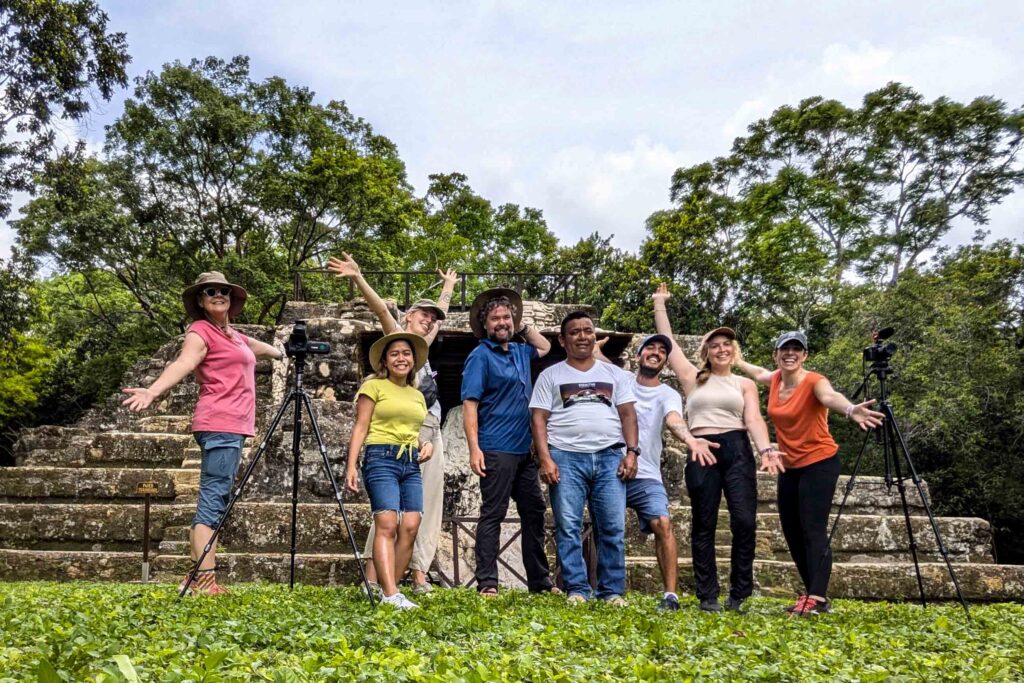
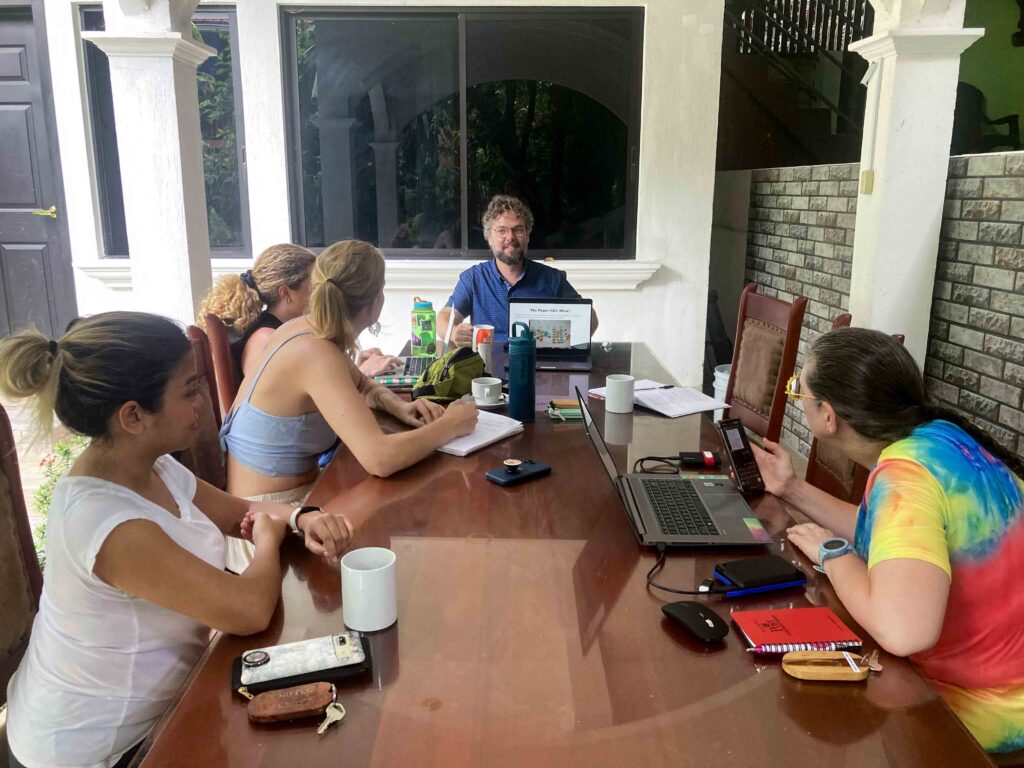
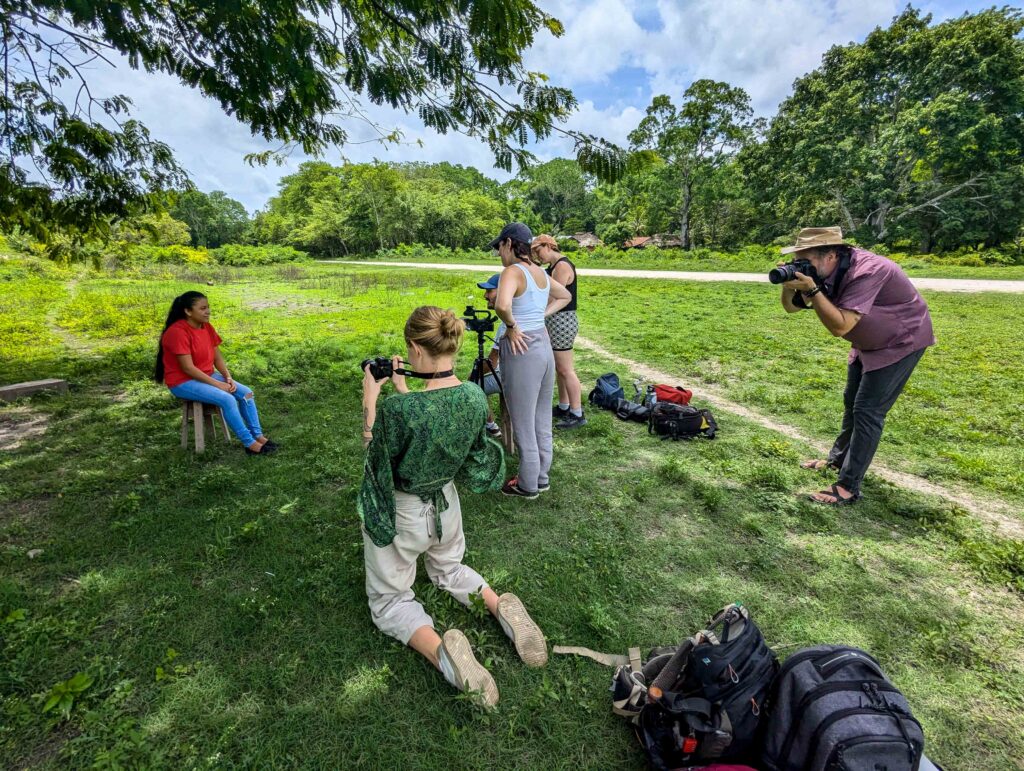
THE FILMS (SO FAR)
CREW EXPERIENCE
I loved how packed the itinerary was for the Storytelling Expedition. It made me feel like even though I was there on a workshop, I was still able to see much of the country and get to know it intimately. I also love that at the end of the trip, I have the documentary to look back to.
Dominique salalila. Director. The Giving Tree.
This experience was truly incredible! I would actually feel confident enough to organize a small short-documentary project by myself (or with some team members) now, which feels great. I have made videos before, but never really thought about the storytelling aspect. And the knowledge that you can do research and set up a project within 10 days is awesome for me to know as a traveller and aspiring visual storyteller. As an anthropologist, I will likely spend more [days on] research but learning how to organize a story, organize your filming process, and finally the editing (with the story board) is the most rewarding for me!
ilse Ana Maria Meijer, Director. The community film
CONCLUSION
For many participants, this expedition marked their first experience with documentary storytelling. As they faced the challenges of production, their confidence grew, inspired by the resilience and determination of the Uaxactún community. By the end of the project, their passion for storytelling had deepened, with many eager to continue crafting more narratives. Their time in Guatemala illuminated not only the stories shared by the village but also the broader possibilities of storytelling itself.

